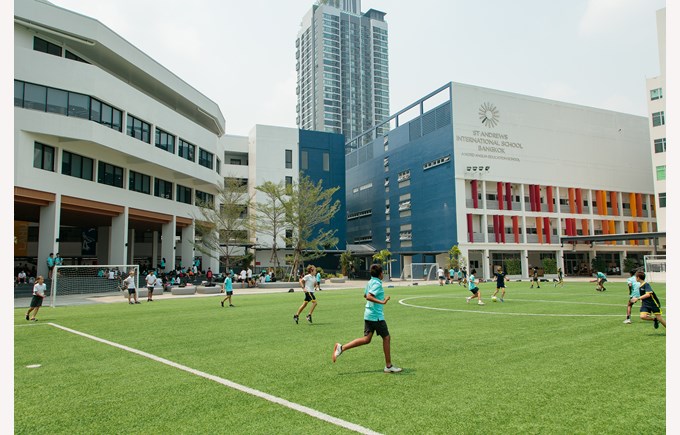Does your child have vegetarian tendencies, or are you looking to supplement or diversify his or her food preferences with more grains and veggies? Here’re 7 ideas on getting more non-meat protein into their diets.
1. Good (and readily available) non-meat sources of protein are eggs and dairy; tofu and other soy products; seeds, nuts and nut butters; and peas, beans and lentils. Beans, however, generally do not constitute a complete protein, and must thus be combined with grains to create a complete protein. Beans and rice, Mexican or Cajun style, is a great (and easy) dish in this regard.
2. Some whole grains are good sources of protein. Yes, that includes whole wheat or multi-grain bread and brown rice, but the grain that packs the most protein (as well as fibre, iron, magnesium and manganese) is quinoa. Available at health food markets, some branches of Villa and the farmers’ markets, this superfood can be used as substitute for rice or as an addition to many dishes, including baked goods and dessert.
3. Buckwheat is another good source of protein (contrary to what its name suggests, it’s not a type of wheat at all), with many health benefits such as improving blood circulation and lowering cholesterol. It comes in flour form, which is great for baking, or as pasta and Japanese soba noodles.
4. If you’re not gluten-free, consider wheat protein. Extracted from flour, this chewy substance is used extensively in Asian vegetarian cooking as a substitute for meat. It may be an acquired taste. A great place to try such “meats” is at Demi, a Taiwanese eatery in Sukhumvit Soi 49.
5. Peanut butter-whole wheat sandwiches make for a good snack. Like beans, legumes can constitute a whole protein when combined with grains, such as wheat, rice and corn.
6. Unlike other beans, soy is a complete protein on its own, and comes in a variety of forms in Asian cuisine: tofu, miso, natto and tempeh. The latter two may be more challenging to consume, especially for kids. Tofu and miso soup (made from fermented soy bean paste) are probably your best bets; also, the hardest tofu contains the most protein content so go for the firm variety.
7. Eat out! Bangkok’s vegetarian/vegan options are aplenty, serving dishes full of variety, nutrition and taste. Our favourites are:
Demi (Taiwanese; Sukhumvit Soi 49)
Govinda (Italian; Sukhumvit Soi 22)
Anotai (Thai; near Rama 9 Hospital)
Khun Churn (Thai; Bangkok Mediplex, Ekamai)
Bonita Café and Social Club (Japanese Fusion; Pan Road, Silom)
Saras (Indian and Indian-Chinese; Sukhumvit Soi 20)
Mango (International; near Khao San Road)
Na Aroom at Ariyasomvilla (Thai/Western; Sukhumvit Soi 1)
Absolute Fit Food (Creative/Fusion; Lang Suan; the above photo is their Slim Quinoa Porridge dessert)














